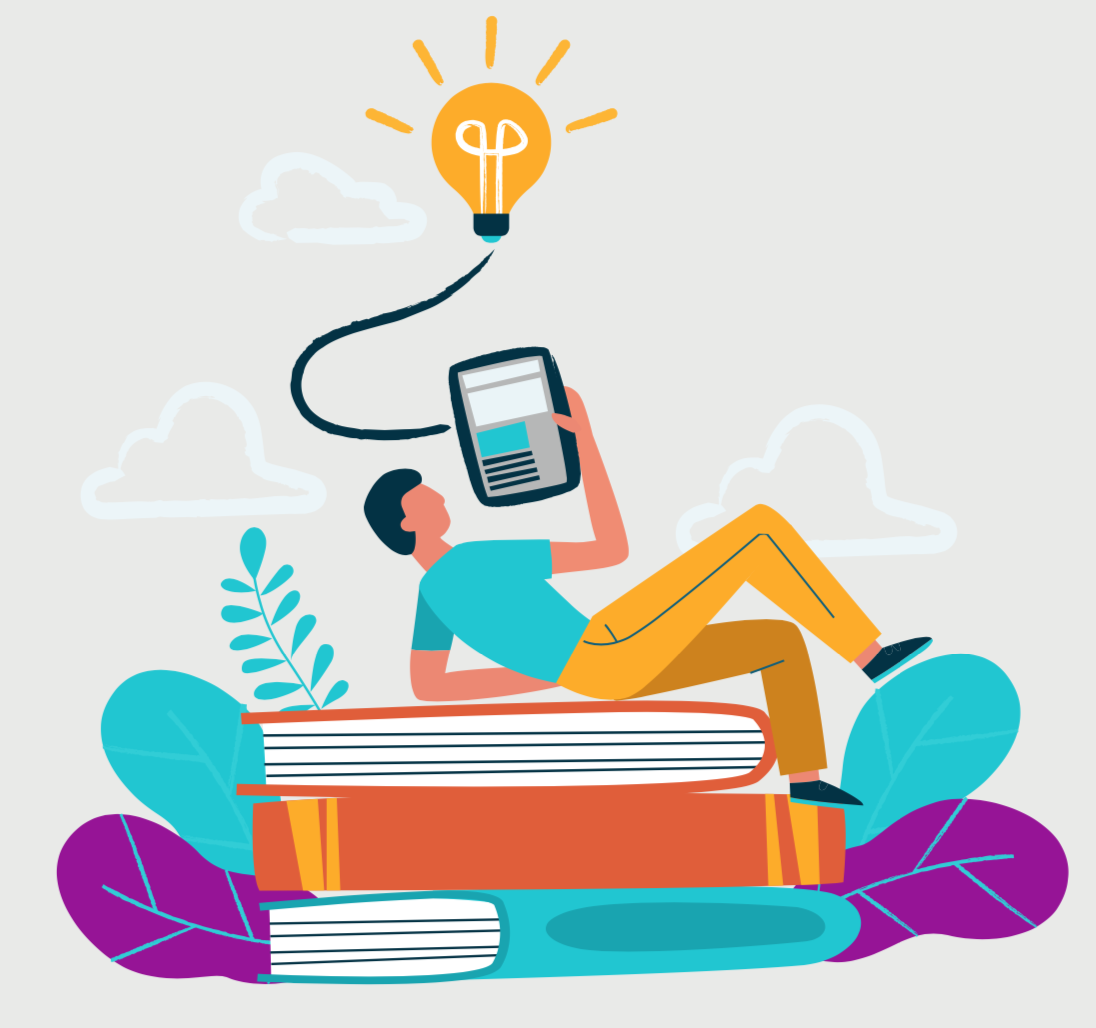
Literacy has become an essential skill in modern times, where technology and information play a central role in education and everyday life. If knowing how to read and write was already important in the 20th century, it has become something essential to the development of everyday life in the 21st century. Unfortunately, today there are still 250 million girls and boys in the world who cannot acquire basic literacy skills. In spite of everything, we have good news: well-integrated technology can help solve this issue.
To successfully face the challenge of literacy from a digital perspective, it is crucial to consider a series of fundamental keys that can make a difference in the effectiveness of digital literacy programmes. These keys are not only based on previous initiatives but are also informed by a deep analysis of the educational landscape in high-vulnerability contexts. In this article, we will break down each of these elements in order to understand how they can have a positive impact in literacy work in digital environments.
1. Appropriate curriculum integration: incorporating digital literacy into the curriculum
One of the fundamental pillars to succeed with a digital literacy programme is to ensure that reading content is perfectly integrated into the educational curricula of the different regions where these strategies are implemented. This entails not only providing appropriate digital education, but also aligning it with the learning goals and standards of each region. This guarantees that students have access to the necessary digital skills from an early age and that the training is consistent with their needs and their context. This appropriate curriculum integration not only promotes the programme’s effectiveness, but it also ensures that students acquire digital skills that are relevant and applicable to their daily lives and future academic and professional paths.
2. Prioritising basic ICT literacy: the technological foundation
In the digital age, basic training in the use of technological tools is essential. Educators must be prepared to create technology-mediated didactic sequences that promote effective literacy in digital environments. This includes a command of digital applications and platforms that facilitate the teaching and learning of reading and writing. Additionally, it is crucial for teachers to stay up to date with the latest technological and pedagogical trends to adapt to an ever-evolving environment and provide students with quality and relevant education. Prioritising basic ICT literacy not only benefits students, but also prepares educators to play an active role in the promotion of solid digital skills.
3. Comprehensive context analysis: laying the foundations of success
Before launching a digital literacy programme, it is crucial to perform a meticulous analysis of the environment. This goes beyond mere planning and must involve a detailed assessment of digital infrastructure, internet connectivity, and access to devices within the target community. Without solid infrastructure, the success of the programme will be compromised from the start. A thorough analysis of the context not only allows for the identification of potential technical obstacles, but also helps in adapting teaching strategies and resources to the specific needs of the population. Additionally, it guarantees that digital resources are used efficiently and effectively to maximise the impact of the programme.
4. Support from social agents: building support networks in the community
Support from local social agents is essential for the success of any digital literacy programme. This includes parents, teachers, community leaders, and other key members of the community who can influence the digital literacy process in a positive way. These agents play a crucial role in the promotion of literacy and socio-educational intervention. Their support can take many forms, from active participation in digital literacy activities to the provision of resources and the promotion of the importance of digital skills within the community. The commitment and support of these social agents can greatly contribute to the sustainable success of the programme.
5. Conducting pilot tests: learning before expanding
It is advisable to conduct pilot tests prior to large-scale implementation. This involves the execution of shortened versions of the programme with a limited test group. These tests allow for the identification of potential obstacles and the adjustment of the strategy according to the specific needs of the target population. By learning from the experiences and feedback from pilot tests, the programme can be improved and refined before full-scale implementation. This “learning before large-scale implementation” approach helps maximise impact and minimise implementation errors, thereby increasing the chances of long-term success.
Once these essential factors have been addressed, it is important to adopt an optimal approach to digital literacy that guarantees a comprehensive reading and writing experience:
6. Monitoring tools for teachers: facilitating tracking and feedback
It is essential to provide teachers with the necessary tools to monitor student progress in the development of digital competence. This allows them to provide agile and effective feedback, adapting teaching to the individual needs of each student. Monitoring tools can include educational platforms that track student progress, online assessment systems, and data analysis to identify areas for improvement. With these tools, teachers can quickly identify the individual needs of students and adapt their pedagogical approach to guarantee success in digital literacy.
7. Personalised didactic sequences: adapting learning to the student
Providing students with a personalised learning experience is key to success in digital literacy. A stimulating didactic sequence allows students to progress at their own pace while tackling literacy challenges adapted to their skill level. This can be achieved through the individualisation of activities and resources, the implementation of training assessments to identify areas for improvement, and the creation of opportunities for students to explore their interests and passions in the digital world. Personalising learning empowers students and motivates them to develop their digital literacy skills.
8. Family involvement: crucial support from home
Encouraging family participation in reader communities is crucial for success in digital literacy. Families should not only accompany their loved ones in their digital literacy journey but can also actively take part in shared or collaborative reading spaces. This not only reinforces support and love for reading at home but also fosters an enriching environment where students can apply their digital skills practically. Parents and carers can play an active role by providing access to books and digital resources, participating in joint reading activities, and modelling positive reading behaviour.
9. Inclusion of other agents: expanding digital literacy opportunities
It is important to seek the collaboration of other agents that can enrich digital literacy opportunities. This can include providing advanced tools for a deeper immersion into the digital world, like virtual reality or multimedia content creation. Additionally, other agents, such as librarians, local writers and cultural organisations can lead reading challenges and activities that promote a love for reading in the community. The inclusion of these agents creates a diversified and enriching digital literacy ecosystem that inspires students to explore new dimensions of reading and writing in digital environments.
10. Continuous assessment and adaptation: staying at the forefront of digital education
Finally, a successful digital literacy programme has to evolve constantly. Continuous assessment is essential to measure the impact of the programme and adjust strategies according to the results and evolving needs of students and the community. This involves gathering and analysing data on students’ progress, the effectiveness of pedagogical strategies, and participant satisfaction. Based on this information, programme coordinators can make informed decisions to improve the quality and effectiveness of digital literacy education. Furthermore, constant adaptation allows staying at the forefront of digital education and ensuring that students are prepared to face the challenges of the ever-evolving digital world.






